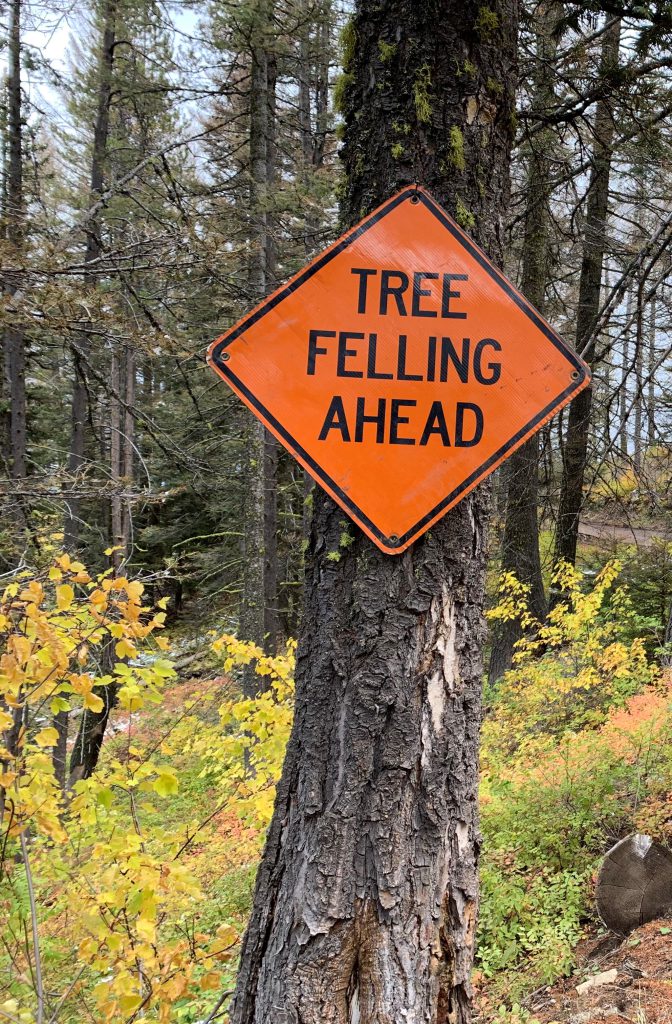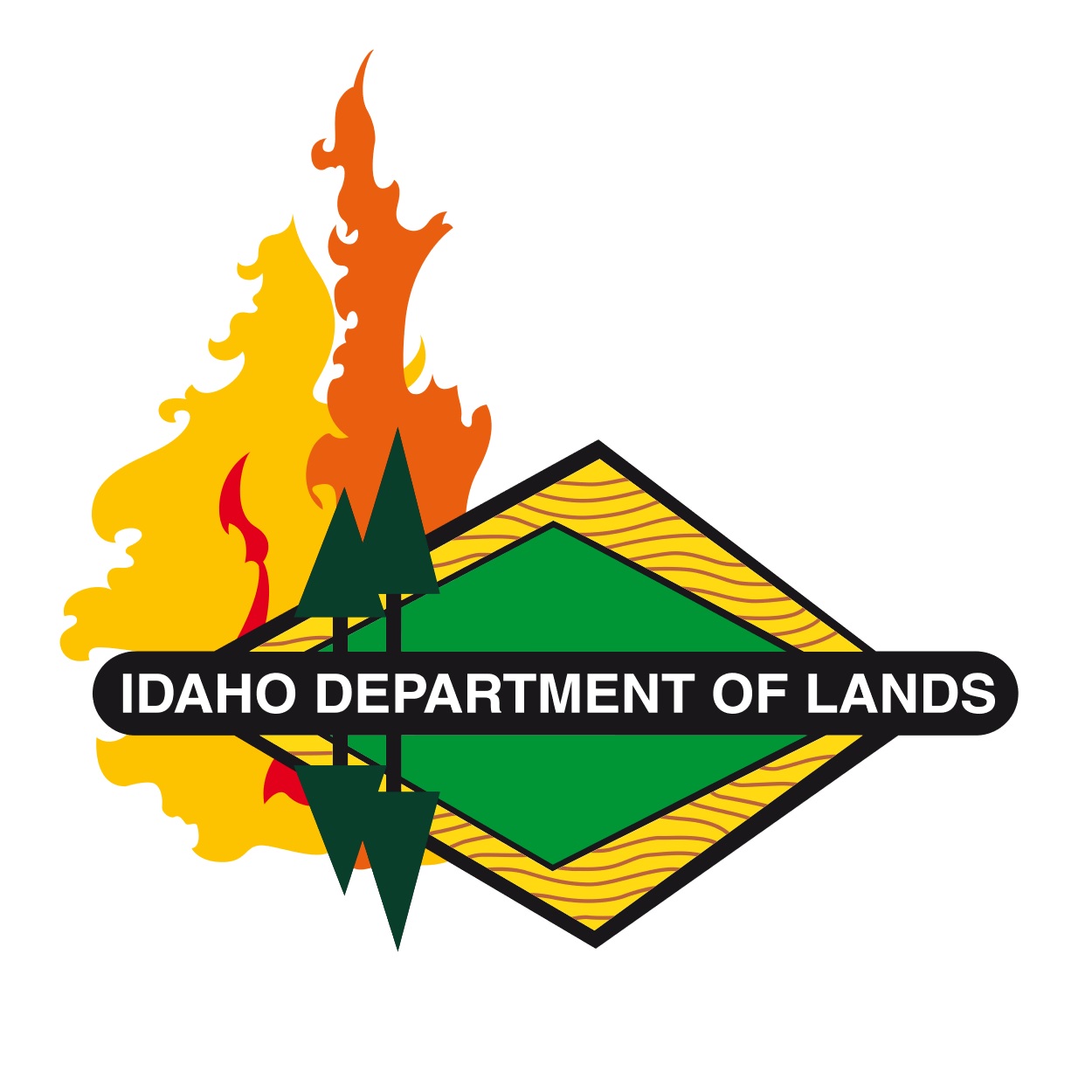Idaho Forest Action Plan – Overview
The Idaho Forest Action Plan (FAP) is a long-term, coordinated strategy for reducing threats to Idaho’s forests while increasing the social, economic, and environmental benefits they provide. Under the review of the Idaho Lands Resource Coordinating Council (ILRCC), IDL, and a broad group of stakeholders and partners completed the plan, which includes urban and rural forests across all ownerships. The purpose of the FAP is to help landowners and managers identify projects and activities that reduce the threats to, and increase the benefits from, Idaho’s forests. The latest full revision of the Idaho Forest Action Plan, the 2020 FAP, was used as a baseline assessment to help spatially define the Shared Stewardship Priority Landscapes and Focal Areas.
Learn more in the Accomplishment Report from 2008-2015
2020 FAP – Overarching Goals
The FAP identifies the following goals and strategies to effectively reduce threats and enhance the benefits of Idaho’s forests.
- Idaho’s forests are diverse and resilient to climatic changes and other threats (fire, insects, disease, noxious weeds, etc.)
- Forestlands that provide the highest ecosystem benefits are identified, maintained and enhanced.
- Forest ecosystems are more resilient to human activities (development, harvest operations, etc.)
- Forest-based wood products markets are economically vibrant and sustainable.
- Idaho has a framework for implementing the Forest Action Plan, to guide project prioritization across boundaries.
2020 Forest Action Plan

The Statewide Assessment of Forest Resources is a geospatial analysis of forest conditions and trends in Idaho. It identifies seven main issues affecting Idaho forestlands, and describes the data and models used to identify priority landscape areas in which to focus work.
The Statewide Forest Resource Strategy goes through each priority landscape area identified in the statewide forest resources assessment. It discusses the key threats and benefits issues within each of these areas, identifies strategies for addressing them, and lists programs, partners and resources that can help. Last, it provides an overall framework for implementation through the Idaho Lands Resource Coordinating Council.

